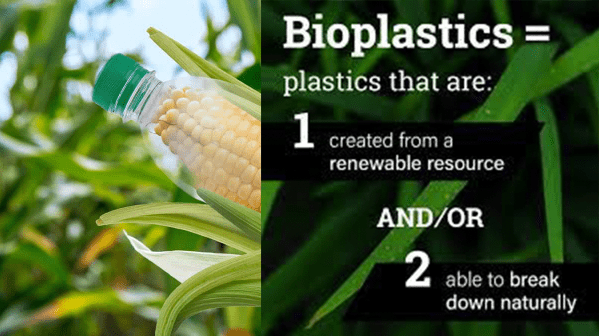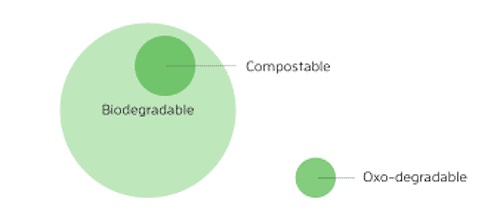Disposable plastics are posing serious problems for our planet. Thanks to famous images of cluttered coastlines and suffering sea life, we’re all now understanding this fact – and it’s about time, too.
According to a 2017 study, Europeans use 36 billion disposable straws annually. In the US, that number rises to half a billion straws used every day. Given these enormous quantities, there should be no surprise that straws are ending up in places they shouldn’t be.
Thankfully, governments are now beginning to act. Across Europe, a single-use plastic ban will come into effect from 2021, targeting straws, cotton buds, and disposable cutlery, among other products. As a result, businesses need to find an alternative – an alternative that is acceptable to consumers while doing good for the environment.
Biodegradable straws are one of the alternatives available that fit these criteria. Why? As you will know, conventional plastics can take as long as 500 years to decompose in nature. Biodegradable materials such as paper, on the other hand, can break down in a matter of months – or even weeks. This makes them much less damaging for the ocean and the environment at large.
In this article, we want to share some of the real environmental benefits that biodegradable straws promise. As part of a larger strategy to reduce the use of disposable plastics, a switch to biodegradable straws can make a huge difference. And it’s not only about sea life. Rather, by using an alternative resource to fossil fuels, biodegradable straws enable a reduced ecological footprint across the whole of the product lifespan – from production to disposal.
What are Biodegradable Straws?
Firstly, though, let’s clarify what we mean by biodegradable. In an increasingly eco-conscious world, it’s a term we hear a lot. However, with more and more products carrying that label, it’s important that we know what we are talking about.
When materials biodegrade, they break down into ever smaller pieces once they’ve been thrown away. All materials do this, even plastics, which break down into what we call microplastics – i.e. plastic particles smaller than 5mm. As such, it’s not a very precise term. However, we call biodegradable those products that decompose into organic material with the help of bacteria – and without leaving toxins behind.
Biodegradable alternatives to plastic straws include products made from organic materials such as straw, pasta, bamboo, or paper. These break down without leaving a trace in a timescale sometimes as short as weeks.
However, businesses should always be aware of precisely what they are buying. Straws made of polylactic acid, or PLA, a type of organic plastic, are often branded as biodegradable. However, this isn’t strictly true. For these materials to degrade, special conditions and technologies are required. In the ocean, they have not been found to degrade at all over a year.
The Benefits of Biodegradable Straws
Disposable plastic straws are no longer a viable option. With research showing that consumers are more receptive to products that are legitimately sustainable, they don’t make business sense. Yet, given the environmental impact of plastic straws, they don’t make sense for the health of our planet either.
Biodegradable alternatives are the future. Yet, what positive impact do they actually have on the environment? Here are four ways in which biodegradable straws truly make a difference.
BIODEGRADABLE STRAWS REDUCE THE THREAT OF OCEAN TRASH
According to a recent study, two thirds of people across Europe and the Americas associate the word ‘plastic’ with ocean litter. Half believe plastic to be ‘harmful’. Plastic has a reputational problem – and it is one that is well deserved.
Researchers estimate that 8 million tons of the material are added to the ocean every year. While half of the plastic that we produce is single-use – including straws, cotton buds, and cigarette buds – these items make up 89% of ocean plastic. Crucially, this isn’t biodegradable – and studies are projecting that, by 2050, there will be more plastic in the sea than fish.
Switching to biodegradable straws won’t fix the problems of trash that is already in the ocean. However, it can help us to stop adding more. One study found plastic straws to be the 7th most commonly collected waste items on beaches worldwide. By turning to straws that break down naturally, we can prevent this blight on our landscapes and ecosystems – and keep our oceans a place for fish, not litter.
Read more here




Pura Vida Bioplastics = Real Certificates USDA BIO-BASED, TUV, BNQ, GREEN AMERICA Home Compostable – Breaks down 3-4 months without Chemicals
Get a Quote